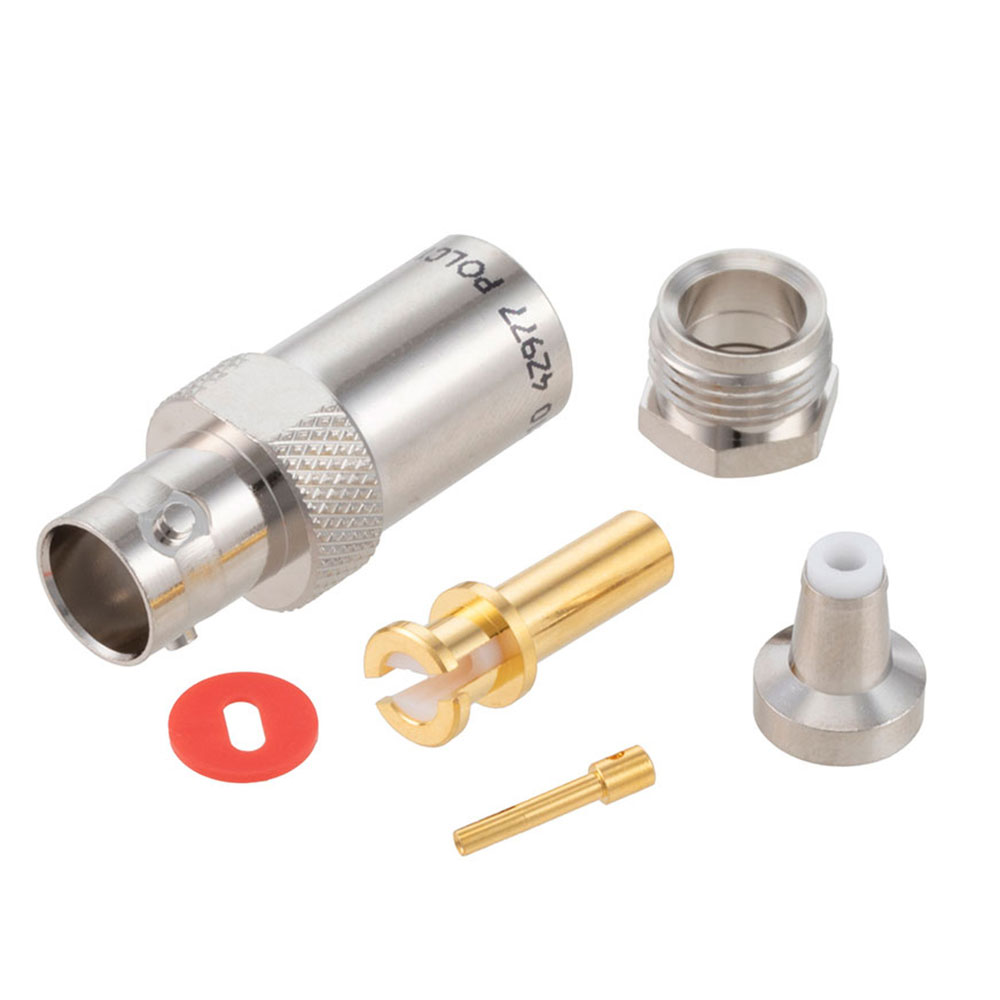MIL-STD-1553B is the second revision of the MIL-STD-1553 standard developed by the US Department of Defense (DoD) that defines the technical characteristics and functions of a serial data bus originally meant for use in military avionics. Since the inception of the standards in 1973, MIL-STD-1553 systems have been widely used in both civil and military spacecraft. The benefits of the standard are the multiple redundant balanced lines and a differential network interface. This type of serial data bus requires a unique set of cabling to operate, and that is where MIL-STD-1553B TRB Connectors, MIL-STD-1553B TRB Adapters, MIL-STD-1553B TRB Terminators, and accessories like MIL-STD-1553B TRB Connector RFI Protective Dust Caps come into play.

Originally purely a military standard, MIL-STD-1553B has hence been adopted by NASA and even NATO as STANAG 3838 AVS. This twinaxial standard has a characteristic impedance of 78 Ohms, which is the midpoint of the acceptable range set out in the standard between 70 Ohm to 85 Ohms. As part of the standard MIL-STD-1553 connections must be terminated with a terminator that is the characteristic impedance of the line, 78 Ohms. This termination helps to prevent reflections from improperly terminated cable ends that could cause waveform distortion if left open or closed (shunted). The connector specifications in MIL-STD-1553B are loose with the exception of the need for a certain level of shielding. However, laboratory environments largely use twinax bayonet style connectors with concentric twinax. This is why the TRB connector and accessories are commonly used for this application, as this connector style is compatible with many legacy manufacturers of this connector type. It is important to note that TRB connectors are a subminiature design and are more compact than many larger twinax connector types. The predominant use for these twinax connectors, adapters, and terminators would be for military/space laboratory testing for avionics and space equipment.
However, these connectors are well suited for use in any laboratory application or field use that benefits from twinax interconnect. This includes applications that need high fidelity high-speed data transmission, such as data center server, switch, and storage device interconnect or in telecommunication/networking infrastructure installations. The basic construction of a twinax cable and connector present reduced crosstalk and better interference immunity than typical coaxial cables, as the internal twisted pair of a twinax and outer shielding enhanced the shielding effectiveness of this transmission line type.


